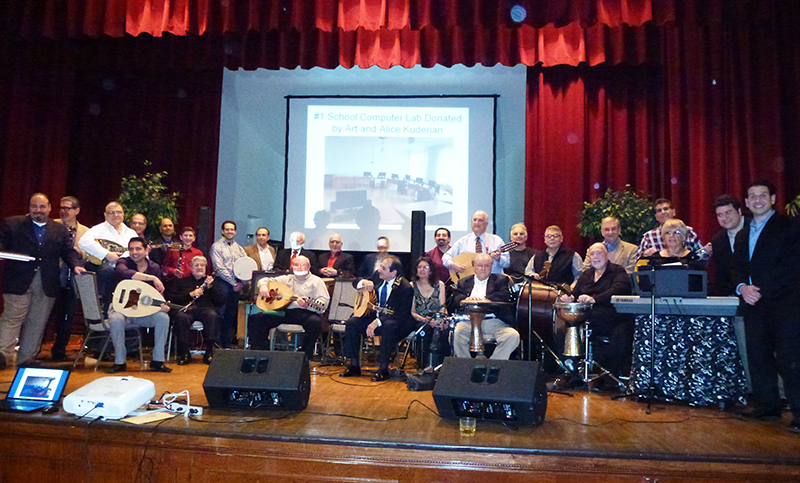YEREVAN — The preparation of Lavash – a popular flatbread integral to Armenian cuisine – has been integrated on the UN Representative List of the Intangible Cultural Heritage of Humanity.
The Committee decided that this element satisfies the criteria for inscription on the list as follows:
-The knowledge and skills related to preparation, consumption and use of lavash have been transmitted within families as part of their everyday life; they constitute a fundamental component of identity and a symbol of friendship and reconciliation;
-Inscription of the element on the Representative List could increase visibility of intangible cultural heritage in general and promote awareness of the importance of foodways as part of the cultural identity of communities;
-The proposed safeguarding measures include formal and non-formal education, organization of festivals and exhibitions, eco-tours for children and the development of tourism initiatives, as well as research, production of documentaries and publications and establishment of a new museum;
-The nomination was prepared with wide and active participation of communities, associations, researchers, local government bodies and academic and scientific institutions; free, prior and informed consent of communities was provided;
-The element is included in the Intangible Heritage List of the Republic of Armenia, which is regularly updated and can be accessed via Internet.
Lavash is a traditional thin bread that forms an integral part of Armenian cuisine. Its preparation is typically undertaken by a small group of women, and requires great effort, coordination, experience and special skills. A simple dough made of wheat flour and water is kneaded and formed into balls, which are then rolled into thin layers and stretched over a special oval cushion that is then slapped against the wall of a traditional conical clay oven. After thirty seconds to a minute, the baked bread is pulled from the oven wall.
Lavash is commonly served rolled around local cheeses, greens or meats, and can be preserved for up to six months. It plays a ritual role in weddings, where it is placed on the shoulders of newlyweds to bring fertility and prosperity. The group work in baking lavash strengthens family, community and social ties. Young girls usually act as aides in the process, gradually becoming more involved as they gain experience. Men are also involved through the practices of making cushions and building ovens, and pass on their skills to students and apprentices as a necessary step in preserving the vitality and viability of lavash making.
The lavash puts Armenia ahead of much of the pack with a total of four entries on the Intangible Cultural Heritage List.
Other Armenian entries recognized by UNESCO include the reed wind instrument duduk, the performance of the medieval epic “David of Sassoon,” and the art of stone cross making.
Russia has only two items on the list: The culture of the Semeiskiye Old Believer sect, and the Yakut heroic epic “Olonkho,” which sees songs comprising up to 36,000 verses performed by singers over the course of several nights.
China is the runaway leader with 38 entries, followed by Japan (22) and Croatia (14). Neither the U.S. nor Britain have a single item of intangible heritage to contribute so far, according to UNESCO.










